Expert Tile Installation for a Flawless Floor
Ceramic tile and natural stone flooring require more sophisticated flooring installation skills than needed for most other floor coverings. It’s best to hire a professional installer specifically skilled in laying these types of floors.
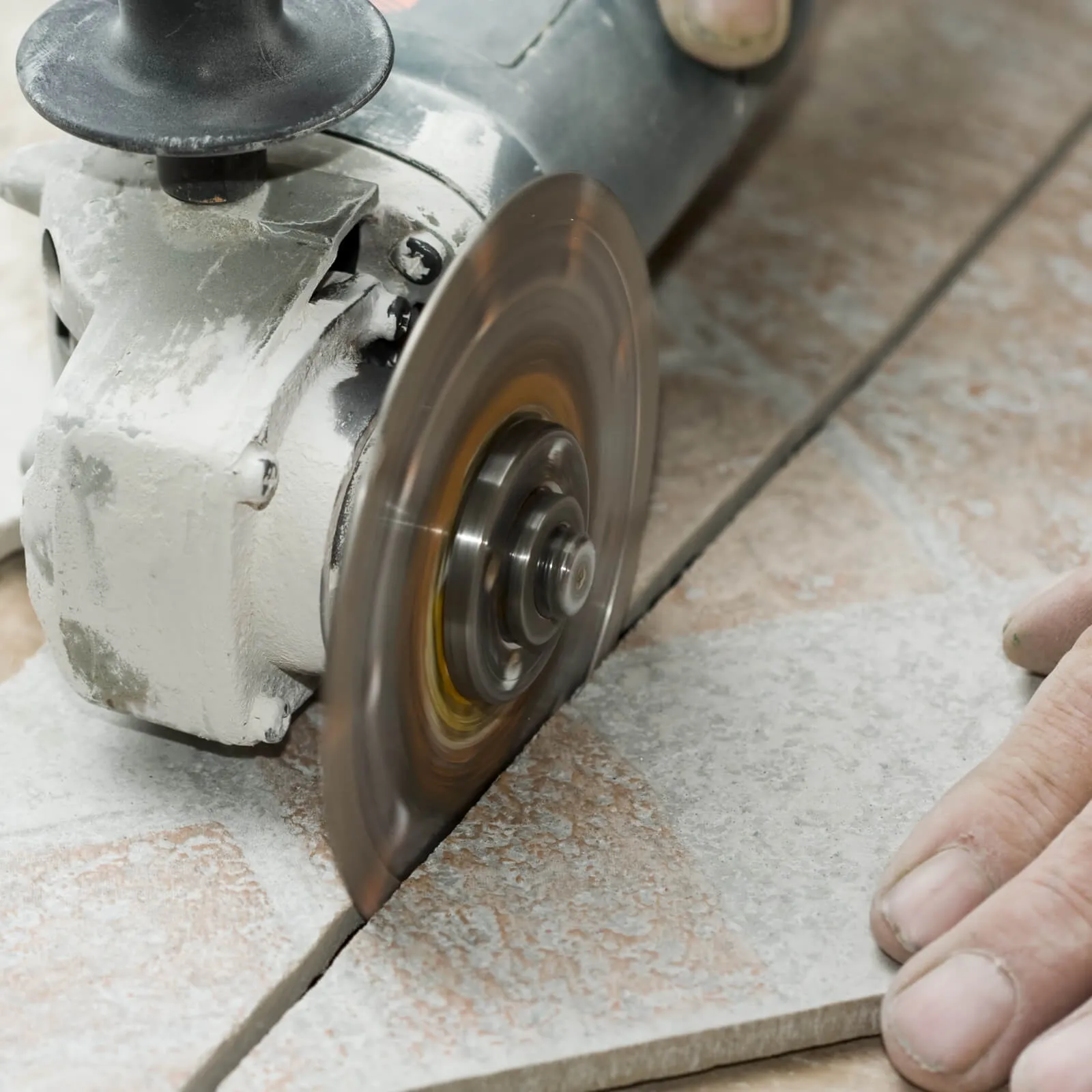
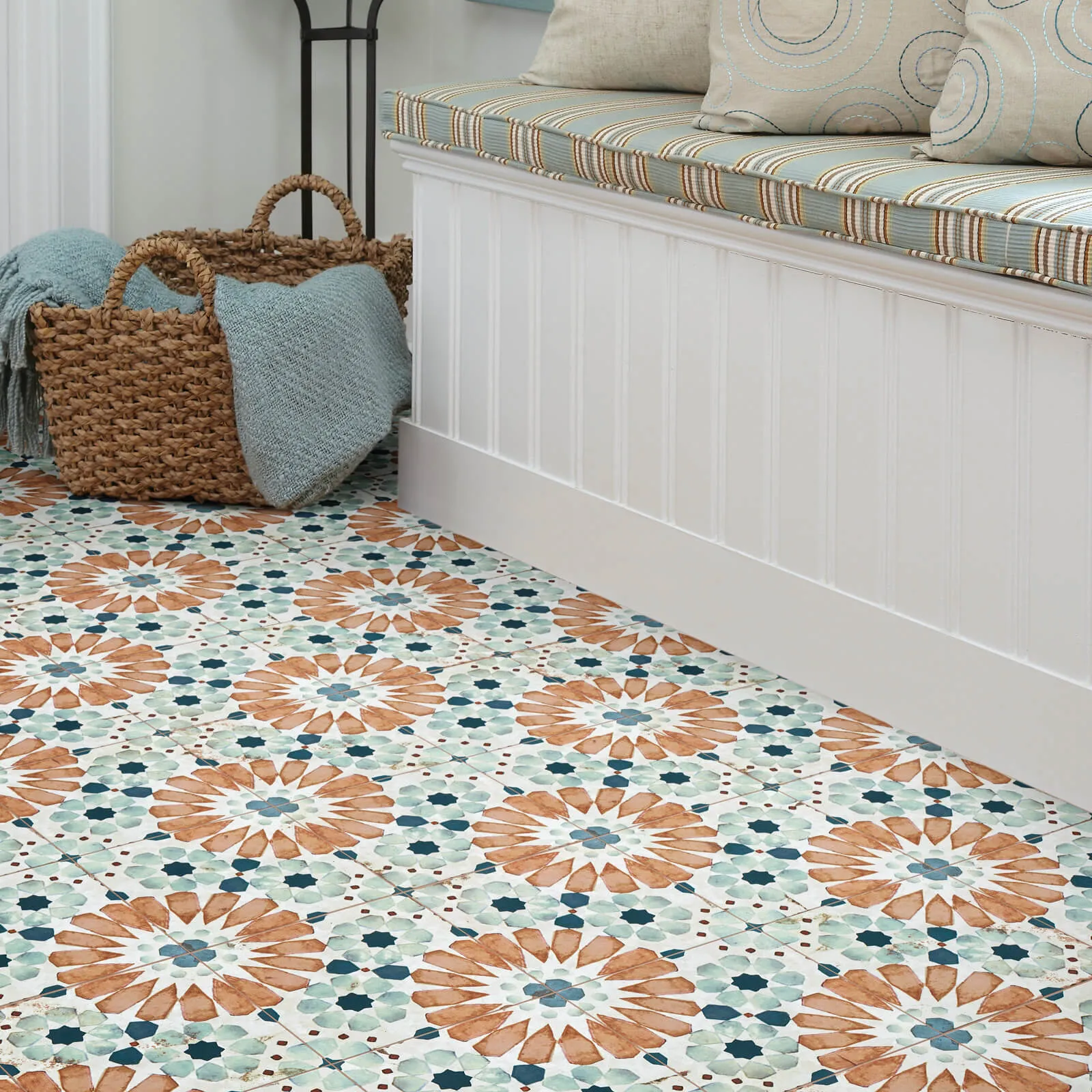

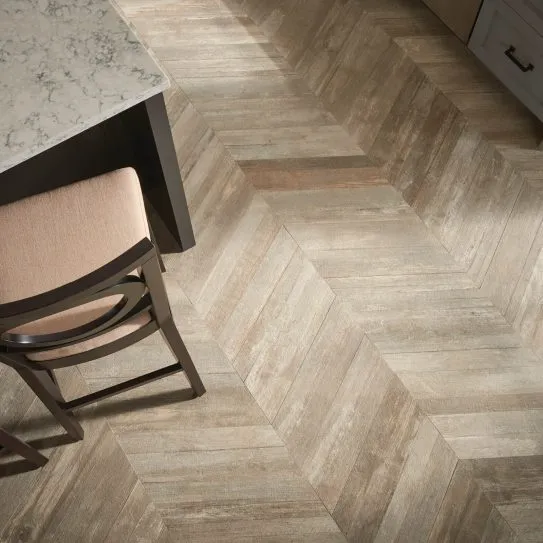
Preparing Your Home for Expert Tile Installation
To ensure a seamless tile installation process, our expert team will work closely with you to prepare your home. We'll guide you through the necessary steps, including clearing the area to be tiled of personal belongings and furniture. Our experienced crew will work efficiently to minimize disruption to your home. By partnering with Flooring 101, you can rest assured that your tile installation will be a smooth and successful experience.
Protect Your Tile Investment: Essential Sealing Tips
While most glazed porcelain and ceramic tiles don't require sealing, unglazed porcelain and natural stone tiles may benefit from a light application of a penetrating sealer to fill micropores and enhance their durability. To determine if your tiles need sealing, perform a simple porosity test. If water droplets are absorbed, sealing is recommended.
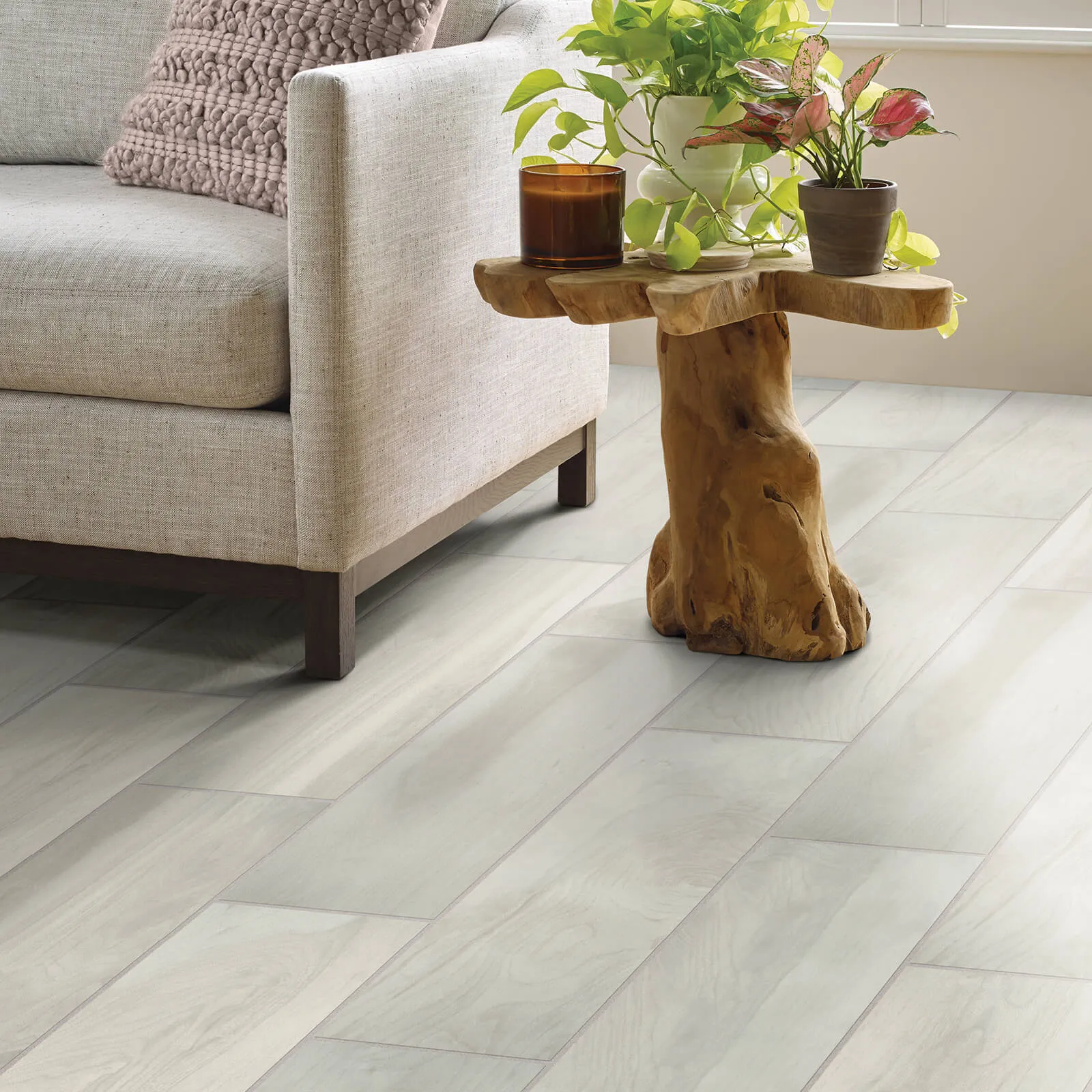
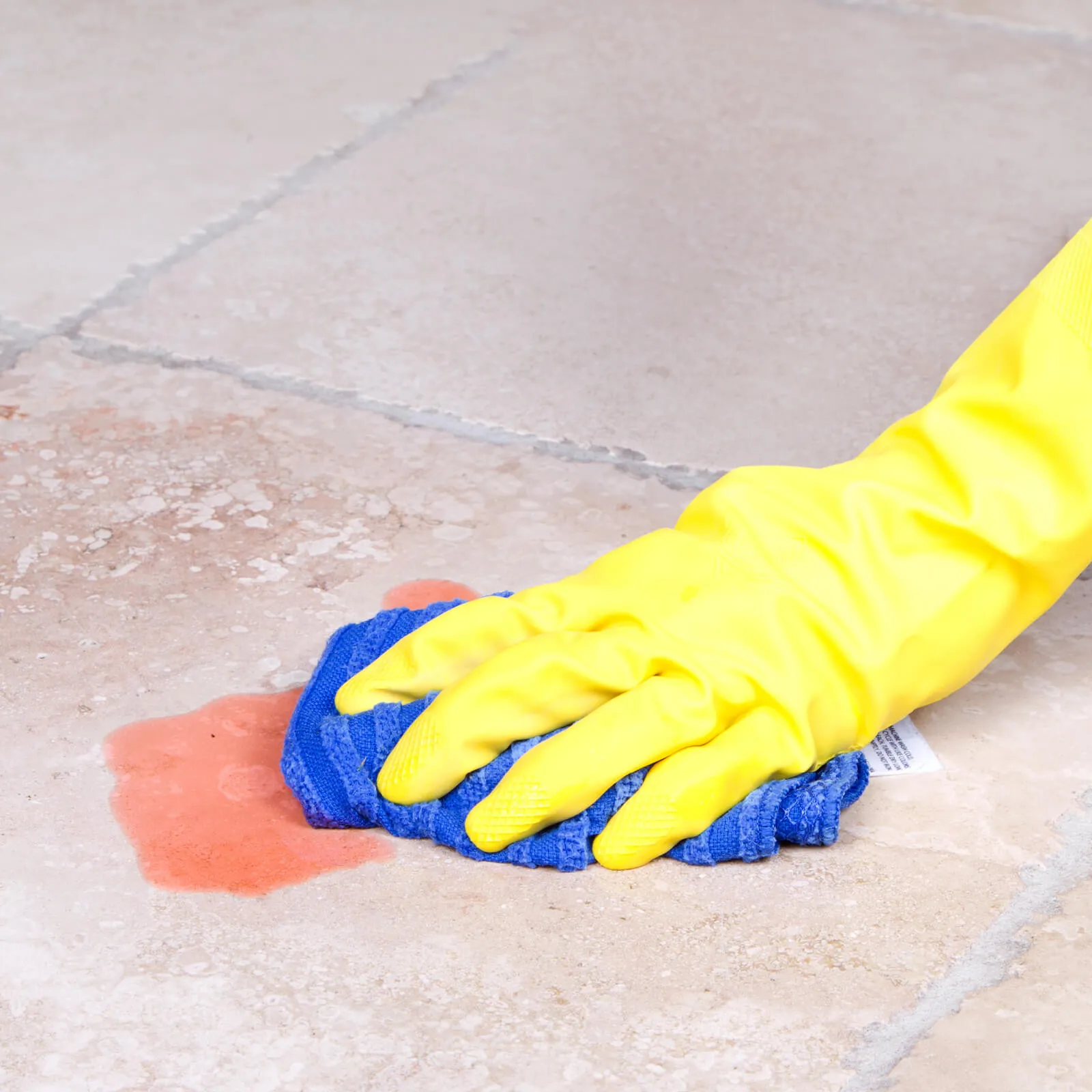
Tile Care & Maintenance Tips
Use mats or area rugs – Place doormats both outside and inside entryways to trap dirt and moisture before it’s tracked into the home. Remember to clean mats regularly too.
Rotate furniture – Occasionally move your furniture to change foot traffic patterns and indentations. In additional, use floor protectors under the legs of tables, chairs and couches to lessen the weight distribution.



